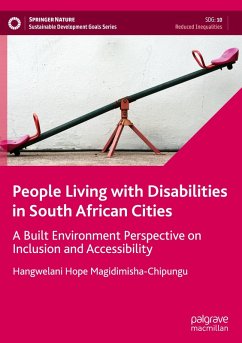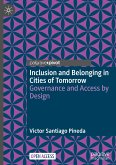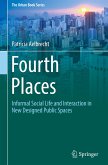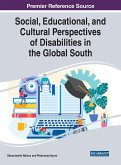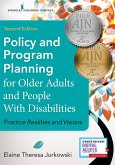This book offers a unique and much-needed perspective on disability and accessibility in urban context in South Africa. Drawing on lived experiences of disabled people, it documents the multidimensional aspect of poverty in the context of disability and built environment to show how poorly planned cities create physical and social barriers that impact the life of people with disabilities.
People Living with Disabilities in South African Cities is structured around three main insights and themes that inform the author's approach to disability and cities. The first is disability research; drawing on studies on planning and the built environment, the author highlights the role of physical environment in promoting inclusion and accessibility for people with disabilities. The second theme is social protection, i.e. ways to provide support and resources for people with disabilities to enable them to participate fully in society. Finally, the author explores the policies andlegislative context needed to create an inclusive society, challenging the role of governments and policy makers. Offering a comprehensive approach to studying disabilities and cities, the author aims to bridge the gap between disability studies, inclusive planning, and design to support the development of accessible cities in the African context. This invaluable book not only raises awareness on social inclusion, but also offers an invaluable guide to policy makers across the Global South to tackle and address inequalities.
People Living with Disabilities in South African Cities is structured around three main insights and themes that inform the author's approach to disability and cities. The first is disability research; drawing on studies on planning and the built environment, the author highlights the role of physical environment in promoting inclusion and accessibility for people with disabilities. The second theme is social protection, i.e. ways to provide support and resources for people with disabilities to enable them to participate fully in society. Finally, the author explores the policies andlegislative context needed to create an inclusive society, challenging the role of governments and policy makers. Offering a comprehensive approach to studying disabilities and cities, the author aims to bridge the gap between disability studies, inclusive planning, and design to support the development of accessible cities in the African context. This invaluable book not only raises awareness on social inclusion, but also offers an invaluable guide to policy makers across the Global South to tackle and address inequalities.

